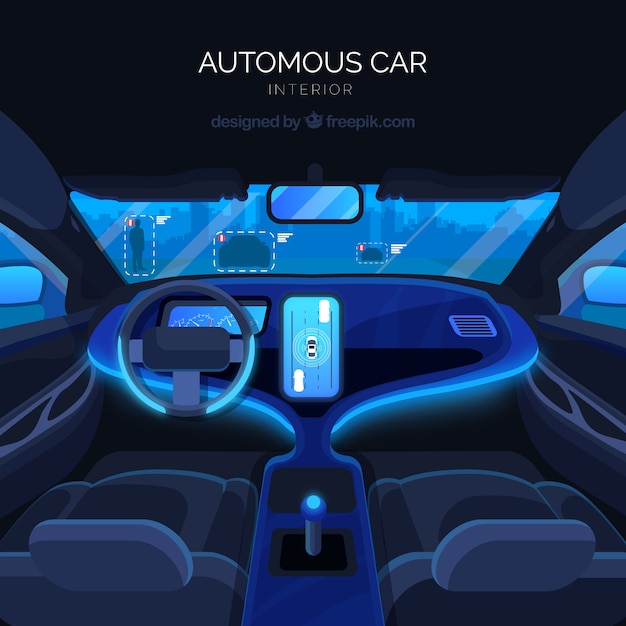Revolutionary ZF Dynamic Chassis: The Ultimate Platform for Autonomous Driving

ZF has created the IDDC intelligent dynamic driving chassis, an autonomous driving platform designed to promote automated and emission-free travel in the future. This innovative system combines advanced chassis mechanisms, electric drives, and environmental sensors with both hardware and software, forming a “skateboard” autonomous driving platform.
The IDDC aligns with ZF’s aim for zero emissions and equips vehicles to perceive, process, and react to their environments. It achieves this through the integration of environmental sensors, intelligent control units, and interlinked mechanical systems.
Designed as the foundation for Rinspeed’s urban mobility concept, Snap, the IDDC’s skateboard framework allows it to seamlessly integrate hardware and software within the driving platform. This base can be easily detached from the passenger cabin or pod.
“Tomorrow’s urban transport will be locally emission-free, autonomous, and highly adaptable to different needs,” stated Torsten Gollewski, head of advanced engineering at ZF. “Our IDDC meets the technological and functional requirements to make this happen today.”
The all-electric IDDC can navigate cityscapes without a human driver and, theoretically, without a passenger cabin. This design suits vehicle concepts like the Rinspeed Snap, where ZF’s driving chassis operates continuously, while the pods—cabin structures for people or goods—are interchanged based on current needs.
A key feature of the IDDC is the mStars modular rear axle system, which stands for modular semi-trailing arm rear suspension. This system includes active kinematics control (AKC) rear axle steering. For the Rinspeed Snap, ZF increased the steering angle to 14 degrees. The electric motor and power electronics are built into the axle for efficient vehicle operation. Unlike a traditional 150kW electric axle drive, Snap’s drive system is designed for lower output at 50kW, prioritizing longer distances and lower speeds typical of urban car-sharing.
The IDDC’s front axle is just as innovative. Named EasyTurn, it allows a wide steering angle of up to 75 degrees, achieved through ZF’s enhanced electric power steering. Traditional methods only allow a maximum of 50 degrees. With the AKC on the rear axle, the Rinspeed Snap can almost pivot on the spot, a significant advantage for maneuvering through tight urban spaces.
All components of the IDDC, including its braking system, are electrically driven. This is essential for automated and autonomous driving. The integrated hardware and software enable the IDDC to sense its environment even without the pod, thanks to a sensor cluster optimized for city driving. This cluster includes radar, lidar technology developed with Ibeo Automotive Systems, and camera systems, providing 360-degree detection in various conditions and speeds.
Looking ahead, all data from components, systems, and sensors in the IDDC will be analyzed and processed by a central supercomputer called ZF ProAI, developed with Nvidia. This computer will handle real-time data processing to guide the vehicle’s actuators.
ZF ProAI will manage all directional and control functions and may include vertical control functions. It will also employ artificial intelligence and deep learning, crucial for advancing autonomous driving technology.